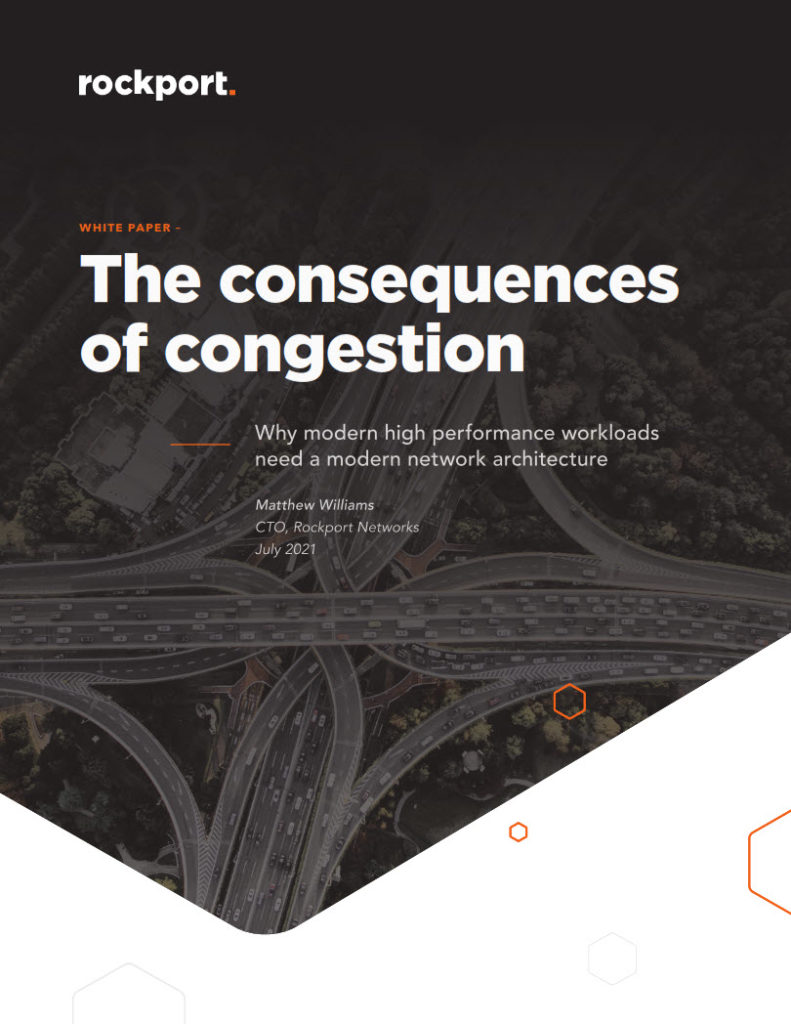Los Alamost National Laboratory reported today that a potentially game-changing theoretical approach to quantum computing hardware avoids some of the complexity in quantum….
Sponsored Guest Articles
Eviden’s Center for Excellence in Performance Programming (CEPP) – Accelerate Workloads, Add Value to Simulation!
[SPONSORED GUEST WHITE PAPER] This white paper spotlights Eviden’s Center for Excellence in Performance Programming (CEPP), which empowers organizations to ….
White Papers
It’s Time to Resolve the Root Cause of Congestion
Today, every high-performance computing (HPC) workload running globally faces the same crippling issue: Congestion in the network.
Congestion can delay workload completion times for crucial scientific and enterprise workloads, making HPC systems unpredictable and leaving high-cost cluster resources waiting for delayed data to arrive. Despite various brute-force attempts to resolve the congestion issue, the problem has persisted. Until now.
In this paper, Matthew Williams, CTO at Rockport Networks, explains how recent innovations in networking technologies have led to a new network architecture that targets the root causes of HPC network congestion, specifically:
– Why today’s network architectures are not a sustainable approach to HPC workloads
– How HPC workload congestion and latency issues are directly tied to the network architecture
– Why a direct interconnect network architecture minimizes congestion and tail latency
 Featured RSS Feed
Featured RSS Feed
- Why FinOps Needs DataOps ObservabilityIn this special guest feature, Chris Santiago, Vice President/Solutions Engineering, Unravel Data, talks about controlling cloud spend through three phases of the FinOps lifecycle.
 More News from insideBIGDATA
More News from insideBIGDATA
- Personalizing Employee Experiences with Product Analytics
- Lenovo Delivers Next Generation of Intel-Based Infrastructure Solutions to Simplify the AI Journey for Businesses of All Sizes
- Western Digital Introduces New AI Data Cycle Storage Framework to Help Customers Capture the Value of AI
- Low Code/No Code
- In the Era of Cloud and AI, Hard Drives are More Critical than Ever Before
- AI+BI: Bridging Cognitive and Usability Gaps in Business Intelligence
- From ER Diagrams to AI-Driven Solutions




